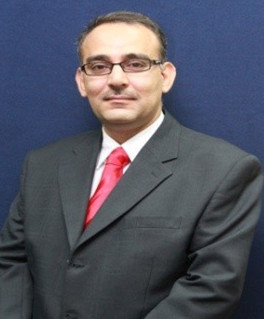Abstract—This research investigates the possibility to use humidity control porous ceramics (HCPC) to dampen indoor relative humidity variations. In this study, the following operating conditions are applied to developing HCPC products; a sintering temperature of 900-1,050
oC and a percentage of waste fiberglass in waste catalyst of 0-40%. The HCPC c samples then underwent the flexural strength test, to determine their quality in comparison to the CNS 3298 methods. Their micro-structures, their crystal structures and the volumes of their pores were determined by equilibrium moisture content and water vapor adsorption/desorption and hygroscopic sorption properties of HCPC for 48 hours. Nitrogen adsorption desorption isotherms showed a hydrophobic behavior (type H
3 isotherm). The water vapor adsorption/desorption and hygroscopic sorption properties were satisfying with the JIS A1470 intensity specification of building materials (>29 g/m
2). When sintering temperature of 1000-1050
oC, the HCPC samples for the waste fiberglass contained 20-30% waste catalyst with larger pore size and higher volume could absorb a large amount of water molecules at high humidity and efficiently release it at low humidity, such that it has a large water adsorption–desorption capacity and the samples met JIS A1470 intensity specification of building materials (>29 g/m
2).
Index Terms—Waste Catalyst, humidity control, sintering, water vapor adsorption/ desorption.
Kae-Long Lin and Ju-Ying Lan are with the Department of Environmental Engineering, National Ilan University, Ilan, Taiwan (e-mail: kllin@niu.edu.tw, doris_tension@hotmail.com).
Chih-Ming Ma is with the Department of Cosmetic Application & Management, Saint Mary's Junior College of Medicine, Nursing and Management, Ilan, Taiwan (e-mail: cmma@smc.edu.tw).
Huang-Mu Lo is with the Department of Environmental Engineering and Management, Chaoyang University of Technology, Taichung, Taiwan (e-mail:hmlo@cyut.edu.tw).
[PDF]
Cite:Kae-Long Lin, Chih-Ming Ma, Huang-Mu Lo, and Ju-Ying Lan, "Preparation and Characteristics of Humidity Controlling Characteristic Porous Ceramics with Waste Fiberglass and Waste Catalyst," Journal of Clean Energy Technologies vol. 6, no. 1, pp. 6-10, 2018.


